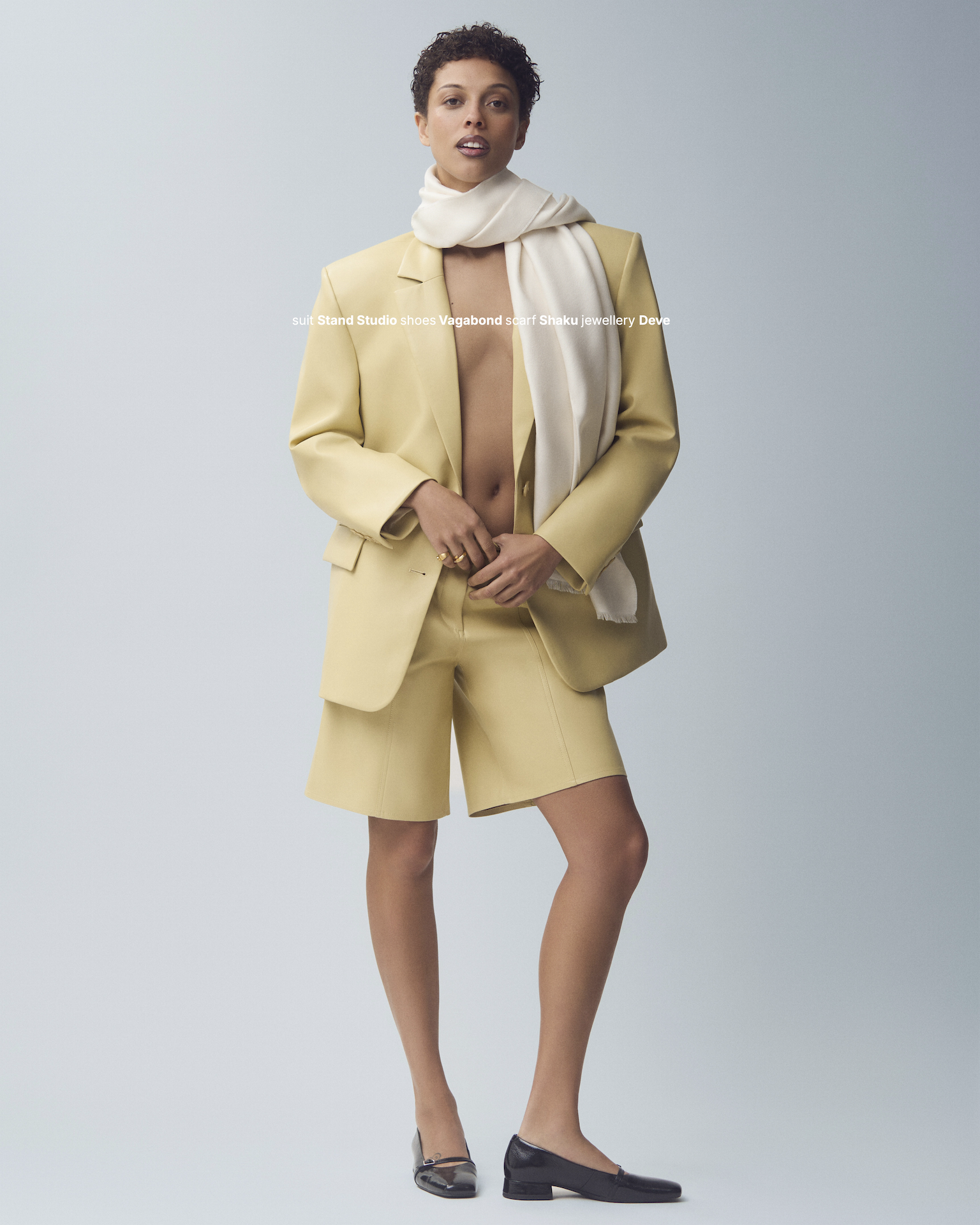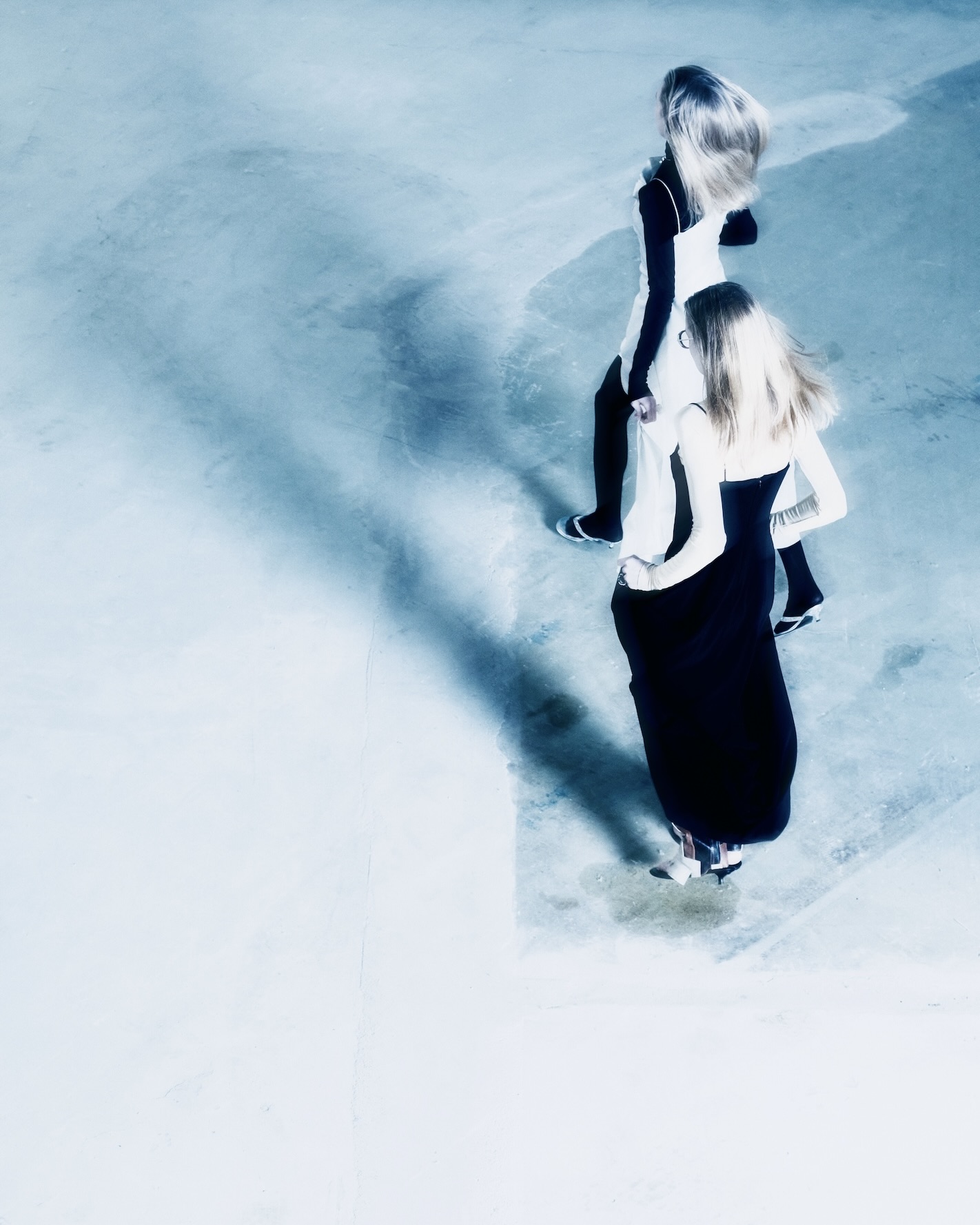The Shawl Unveiled: Movement, Meaning, and Cultural Influence.
The traditions of Renaissance art, where movement was skillfully captured within the drama of paint, strongly emphasized drapery and the flow of clothing to convey emotion and human interaction. Fabric was not only a visual detail but also a storytelling element, sculpted through brushstrokes to suggest grace, turmoil, or transcendence. In religious works, the garments of female figures often symbolized modesty and purity, with woven threads carefully arranged to reflect spiritual devotion and virtue.



Beyond the Renaissance, textiles have long carried cultural, symbolic, and emotional weight worldwide. The shawl, for instance, originates in ancient Persia, where it was both a practical garment and a marker of status, adorned with intricate patterns that later influenced global fashion. Similarly, in South Asia, the sari and dupatta have been used for centuries to convey grace and modesty, while in East Asia, the flowing silk of the hanfu or kimono reflects both movement and societal ideals. African textiles, such as the kente cloth of Ghana, use color and pattern to tell stories of heritage and identity. Indigenous communities across the Americas, including Turtle Island in the north and Abya Yala in the south, have long woven fabrics that reflect deep spiritual and cultural traditions.
![]()
![]()
![]()
![]()
In Christian history, veiling has often symbolized chastity, most notably in the bridal veil. Yet its meaning shifts depending on context. In Swedish painter, Alexander Roslin’s 1768 portrait The Lady with the Veil, the interplay between the woman, her shawl, and the painter suggests something entirely different, a flirtatious exchange in which the shawl serves not to conceal but to entice.
Conversely, fabric played an different roles in mythological depictions, such as those of Venus, the Muses, or nymphs. Here, it became an instrument of sensuality and lustfull temptation. Its presence, or absence, intensified myths of desire and transformation.
![]()
![]()
![]()
![]() A shawl is more than just fabric, and its significance extends beyond fashion, touching on theology, politics, and identity. It can obscure reality, shield the truth, or hint at the divine. Beneath its layers lies a web of contradictions, between modesty and allure, enlightenment and oppression, empowerment and subjugation, tradition and rebellion. It represents cultural tension, signaling both the discarding of the veil as an act of independence and the embrace of covering as a statement of faith and identity.
A shawl is more than just fabric, and its significance extends beyond fashion, touching on theology, politics, and identity. It can obscure reality, shield the truth, or hint at the divine. Beneath its layers lies a web of contradictions, between modesty and allure, enlightenment and oppression, empowerment and subjugation, tradition and rebellion. It represents cultural tension, signaling both the discarding of the veil as an act of independence and the embrace of covering as a statement of faith and identity.
In today’s world, where daily life is saturated with noise, imagery, and constant stimulation, cloaking oneself could serve as a retreat from overwhelm, a means of finding calm amid chaos, like staying in on a rainy day and pulling the covers up.
![]()
![]()
Contemporary clothing remains a potent tool for self-expression, identity, and intent. Modern designers frequently draw inspiration from these rich traditions, translating the fluidity and sculptural quality of historical drapery into garments that balance structure, restriction, and freedom. In this way, fashion continues to serve as an intersection of narratives, a medium through which the past and present converge in an ongoing dialogue of movement, expression, and meaning.










Photography Matthew Minton
Styling Sophie Ozra Cloarec
MUA James Butterfield
Hair Masaki Kameda
Photography Assistant Tyler Mattchias
Model Noa Samassa
Studio The Bureau
Words Johanna Ljunggren
Graphic Design Dorota Kwiatkowska
Editor in Chief Sandy Kirik
READ MORE





